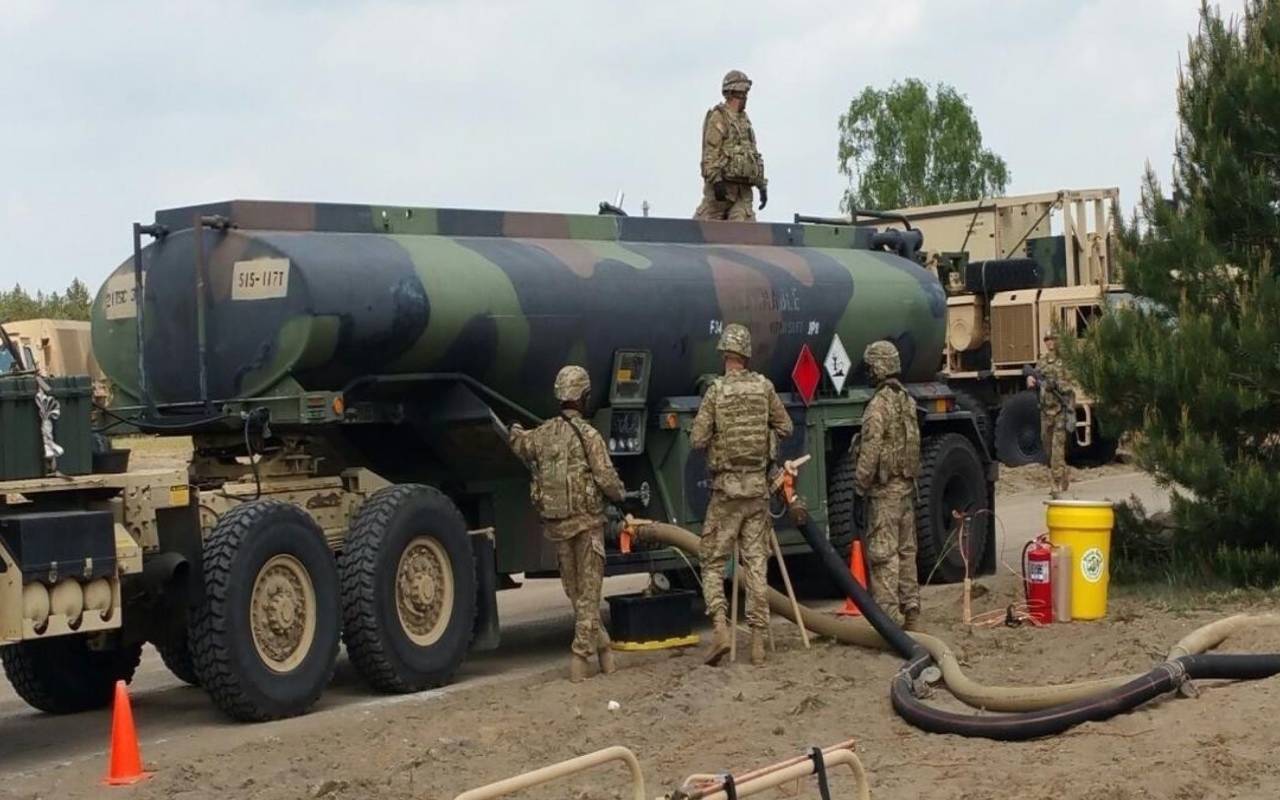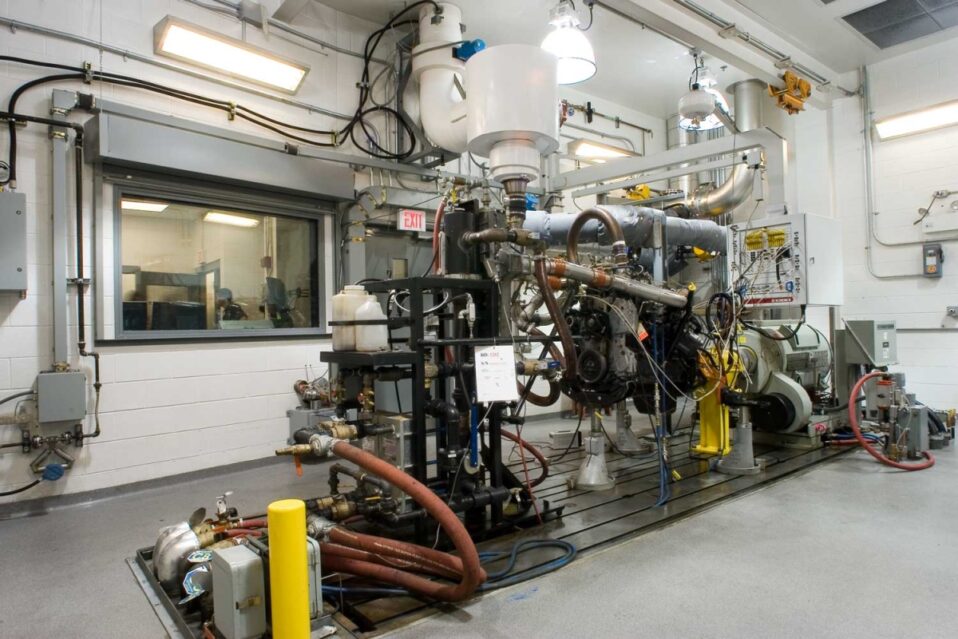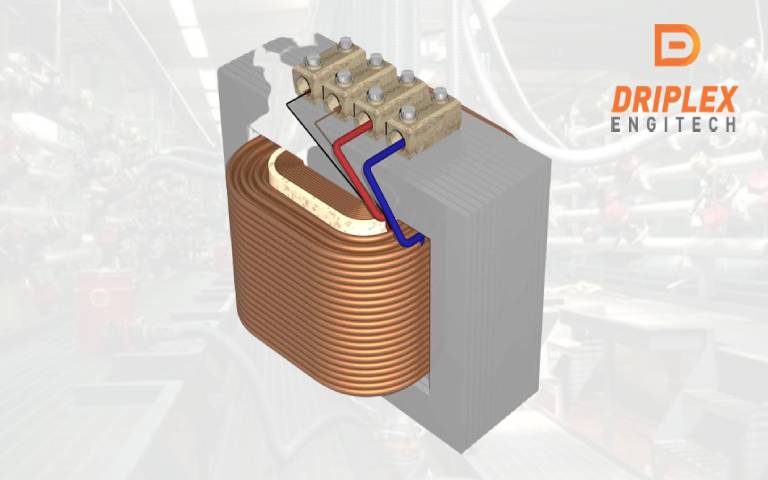NATO (North Atlantic Treaty Organization) forces use dry break couplings in various applications and locations, primarily for the safe, efficient, and environmentally friendly transfer of fluids such as fuel, oil, and other hazardous materials. The primary reasons for using dry break couplings include:
Spill prevention: Dry break couplings are designed to minimize or eliminate fluid spills during connection and disconnection, which is crucial for reducing environmental impact and ensuring the safety of personnel handling these materials.
Fast and easy connection: These couplings facilitate quick and secure connections and disconnections, reducing the time required for refueling or fluid transfer operations. This is particularly useful in military scenarios where time is of the essence.
Safety: Dry break couplings help prevent accidents caused by fluid spillage or accidental disconnections, ensuring the safety of personnel and equipment.
Interoperability: NATO forces consist of multiple countries, and having a standardized coupling system like dry break couplings allows for seamless cooperation and fluid transfer between different military units and vehicles.
Some common applications and locations where NATO forces use dry break couplings include:
Refuelling operations: Military vehicles, aircraft, and naval vessels need to be refuelled regularly, and dry break couplings are used to ensure quick and secure connections during these operations.
Mobile fuelling stations: In the field, NATO forces may use mobile fuelling stations or Forward Arming and Refuelling Points (FARPs) to refuel aircraft or ground vehicles. Dry break couplings are used to facilitate fluid transfer in these situations.
Bulk fluid transfer: Dry break couplings are used in transferring bulk quantities of fuel, oil, or other hazardous materials between storage tanks, trucks, or other vessels.
Maintenance and repair: Military vehicles and equipment often require fluid changes or refills during maintenance, and dry break couplings enable efficient, clean, and safe fluid transfers during these processes. In summary, NATO forces use dry break couplings in various locations and applications to ensure the safe, efficient, and environmentally friendly transfer of fluids. The primary reasons for their use include spill prevention, fast connections, safety, and interoperability between different units and vehicles.




